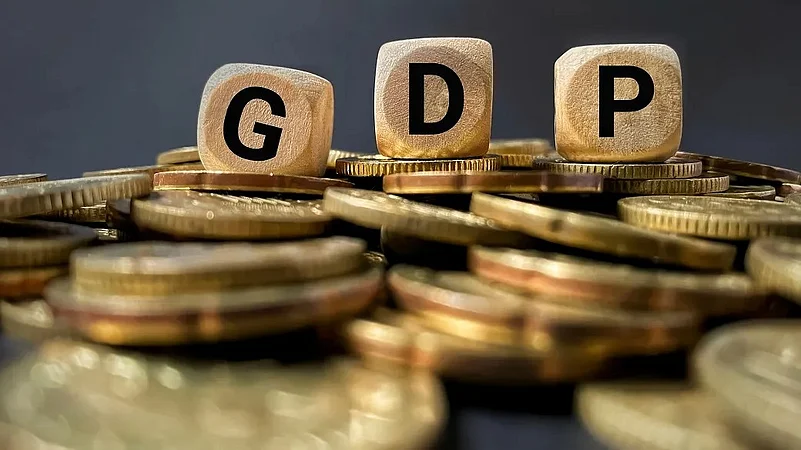Euro-Dollar Exchange Rate
Context:
On November 5, 2024, the day of the U.S. presidential election, the euro stood at an exchange rate of 1.0933 U.S. dollars. Following Donald Trump’s election victory, the euro saw a notable decline, reaching 1.0277 dollars by January 20, 2025, the day he assumed office.
More on News
- This depreciation sparked concerns that the euro might reach parity with the dollar, a rare occurrence in its history.
- However, since the inauguration, the euro has rebounded sharply, rising to 1.0919 dollars as of March 17, nearly matching its pre-election level.
- As one of the world’s two leading currencies—approximately 60% of global foreign exchange reserves are held in U.S. dollars, while 20% are in euros—this rate plays a significant role in global trade and finance.
- While these fluctuations appear minor when measured in decimal points, they have profound implications, as vast sums of money are traded based on these rates.
Understanding Exchange Rates
- The exchange rate between two currencies indicates their relative demand.
- In this context, Americans and Europeans require each other’s currencies for investments, consumer spending, tourism, and trade.
- If demand for euros among Americans exceeds Europeans’ demand for dollars, the euro strengthens, making it more expensive in terms of dollars.
- Conversely, if the demand for dollars is higher, the euro weakens, leading to a lower exchange rate.
Why Did the Euro Decline After Trump’s Election?
- The initial drop in the euro’s value was largely driven by market expectations regarding Trump’s economic policies.
- Investors anticipated that his proposed tax cuts and deregulation would stimulate the U.S. economy, leading to higher consumer spending, increased corporate profits, and improved productivity.
- These factors made the U.S. market more attractive, prompting a capital inflow that strengthened the dollar while weakening the euro.
- In contrast, Europe continued to struggle with slow economic growth and political uncertainty in key economies such as France and Germany.
- The European Central Bank faced policy dilemmas between boosting economic growth through lower interest rates or controlling inflation with tighter monetary measures.
- With investor confidence in Europe subdued, funds flowed into the U.S., further diminishing the euro’s value.
Factors Behind the Euro’s Rebound
- Deteriorating U.S. Economic Outlook: Instead of focusing on tax cuts and deregulation, Trump’s early months in office were marked by the imposition of tariffs, effectively acting as tax hikes on American consumers and slowing economic activity.
- His administration also pursued reductions in federal government spending and employment, further dampening demand.
- Policy Uncertainty: Additionally, policy uncertainty has created volatility, affecting market confidence.
- With legal challenges to Trump’s policies both domestically and internationally, investors and businesses face difficulties in planning, contributing to economic slowdown concerns.
- The Organisation for Economic Co-operation and Development (OECD) projected that the U.S. GDP growth would slow from 2.8% in 2024 to 2.2% in 2025 and 1.6% in 2026.
- With stock markets declining and bond yields potentially dropping due to anticipated interest rate cuts by the U.S. Federal Reserve, investors have started withdrawing capital from the U.S., weakening the dollar.
- Improving European Economic Prospects: Europe, spurred by Trump’s aggressive stance on tariffs and security matters, has moved away from strict fiscal austerity.
- Led by Germany and France, European governments are now focusing on stimulating economic growth.
- As a result, the OECD has forecasted a rise in EU GDP growth from 0.7% in 2024 to 1.2% in 2026. This shift has renewed investor confidence in European markets, increasing demand for the euro.
Future Trends and Uncertainties
The sustainability of these trends remains uncertain. Several factors could influence future exchange rate movements:
- If Europe’s newfound commitment to economic stimulus weakens, growth prospects may falter.
- If Trump’s tariff policies stabilise before causing significant damage, investor confidence in the U.S. may return.
- Key upcoming events, such as the U.S. Federal Reserve’s monetary policy announcement on March 19 and Trump’s proposed reciprocal tariffs on April 2, could significantly impact the market.
Impact on India
The shifting dynamics of the euro-dollar exchange rate have implications for the Indian economy.
- As the dollar weakens, the Indian rupee has strengthened, moving from 87.5 per dollar on February 6 to 86.5 per dollar on March 18.
- A stronger rupee benefits India by reducing inflationary pressures, particularly as India imports large quantities of crude oil priced in dollars.
- However, the strengthening euro has led to a depreciation of the rupee against the European currency, with the exchange rate falling from 87.4 per euro on January 5 to 94.5 on March 18.
- While this makes imports from the eurozone more expensive, it benefits Indian exporters by making their goods more competitively priced in Europe.
While the euro initially weakened due to optimism about Trump’s economic policies, concerns over U.S. economic growth and Europe’s policy shift have since reversed the trend. The coming months will be crucial in determining whether these movements persist or new developments reshape the global currency landscape.


